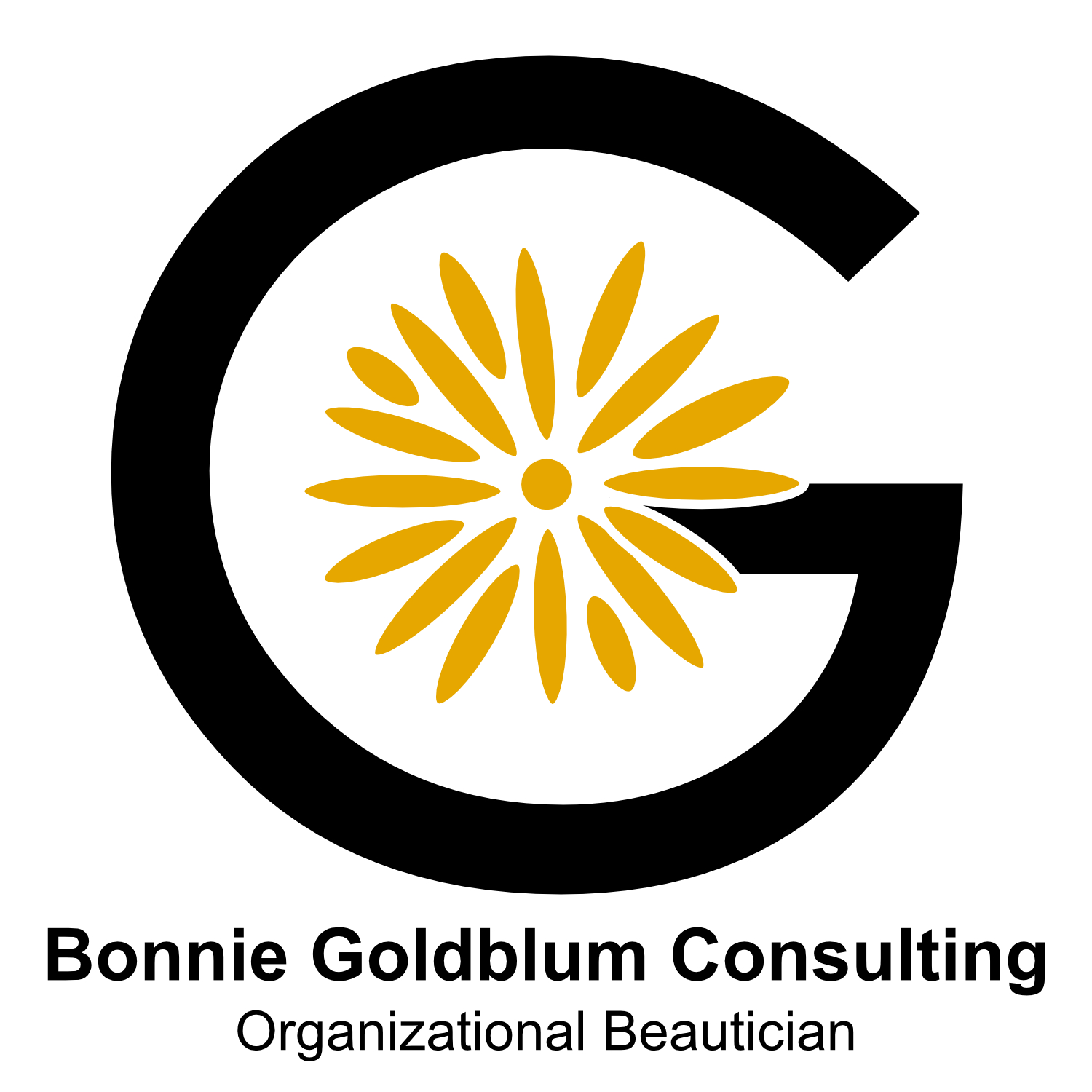Grant Writing and Letters of Interest
Competitive proposals and Letters of Interest tell compelling stories of great need, transformative ideas and crystal clear action plans that yield tangible and measurable results. I work with you to develop a powerful proposal that articulates the heart of your organization, demonstrates your capacity to fulfill the full scope of the project, and presents a compelling case for funding.
Grant proposals and letters of interest, including federal, state, county, city, private foundation and corporate giving.
Grant Source Research
Funding is all about the right match between the funder and the organization, including mission, program and logistical alignment. If any of these aspects are missing, you are wasting valuable resources by preparing a grant application. Knowing as much as possible about your prospective funders and their priorities is critical. I provide extensive research into likely sources of grant funding with detailed funder profiles, including alignment between your proposed project and targeted funders, due dates, requested form of contact, range of grant awards, and other relevant material.
Comprehensive search of foundation/corporate giving sources may include keyword searches of databases, as well as telephone surveys/Internet research of state and local government sources.
Editing/Technical Assistance
Complete editing of client prepared proposals.
Program Planning:
A strong program plan brings to life an organization’s values, points the way toward change, builds bridges among communities and promotes philanthropic ideals while simultaneously enabling organizations to accomplish their missions. I have years of experience with designing, implementing, fundraising for and providing funding for diverse programs - all of which informs my approach to program planning. I will work with you to design a project or program plan that aligns with your organization’s long-range plan for growth, including:
- Defining project goals and objectives;
- Identifying a clear and compelling need;
- Demonstrating the relationship between actions and outcomes;
- Designing across departmental silos;
- Exploring ways to deeply and authentically connect with your stakeholders;
- Forging critical partnerships; and
- Creating an evaluation protocol that measures indicators of success.
Strategic Planning:
Mission-based organizations are most effective when their vision, mission and values drive their decisions regarding activities (programs, initiative and projects), organizational and financial resources. In these times of limited financial resources, the tension between mission and money is prevalent. In many cases, we find the "tail wagging the dog" as organizations make financially-based decisions that run counter to their missions.
Strategic planning enables an organization to create alignment between where it is, what it seeks to accomplish, how it intends to do so and how the human, structural and financial resources will be coordinated toward achieving the desired outcomes. Equally as important, it provides an organization with tools needed to stay relevant, be proactive and nimble, think critically and act thoughtfully. A well-developed strategic planning process can help an organization:
- Develop and communicate a shared vision and mission among stakeholders
- Establish a strong identity
- Improve morale among your board and staff
- Excite and motivate stakeholders to become more involved
The most important thing to remember about strategic planning is that the value lies in the process, not the report. While I am strongly committed to creating an experience that is tailored to an organization's unique culture, capacity and needs, the most successful strategic planning processes are:
- Inclusive and participatory
- Aspirational and transformative
- Grounded in procedural and substantive consensus
- Informed by various, and often conflicting, points of view
- Fun, exciting and humor-filled
- Active
- Iterative
While there are several ways to design the process, the typical process has three phases:
Phase One: The "Discovery" phase in which we gain a clear understanding of your organization's social ecology, i.e. your internal structures and resources as well as external factors that might influence your future direction. This is achieved with a variety of inquiry tools including interviews of diverse stakeholders, document review, qualitative and quantitative critical analysis and benchmarking. At the conclusion of this phase, the organization will determine and agree upon the strategic priorities that need to be addressed in order to move forward.
Phase Two: The "Framework" phase in which stakeholders establish a consensus around your organization’s values, vision and mission for the future. Once you know where you want to be in two-, three-, or five-years' time, we then break it down into big, idealistic goals and achievable, measured objectives.
Phase Three: The "Devil is in the Details" phase, in which creative strategies and clear actions steps, supported by measurement tools, organizational resources and financial resources, are tackled.
In most cases, I believe that engaging a broad spectrum of stakeholders is critical to the process as it ensures that what you are doing is based on actual needs and wants, rather than perceived and assumed.
At the end of the process, your board members and staff will have an agreed upon and clear understanding of your organization’s identity and where it is headed as well as how and what is needed to get there.
